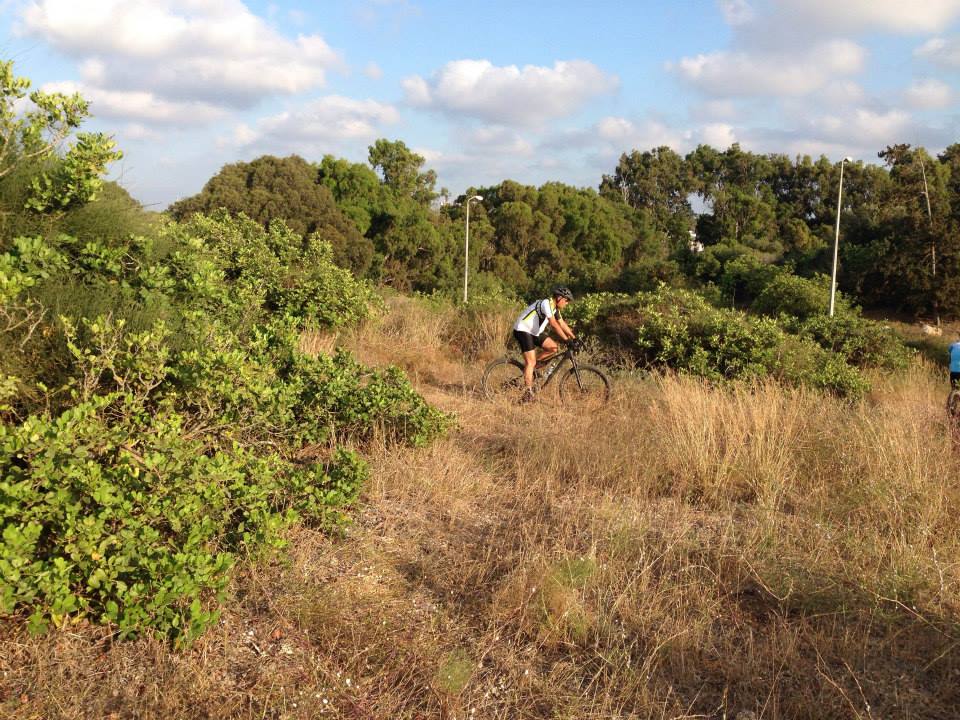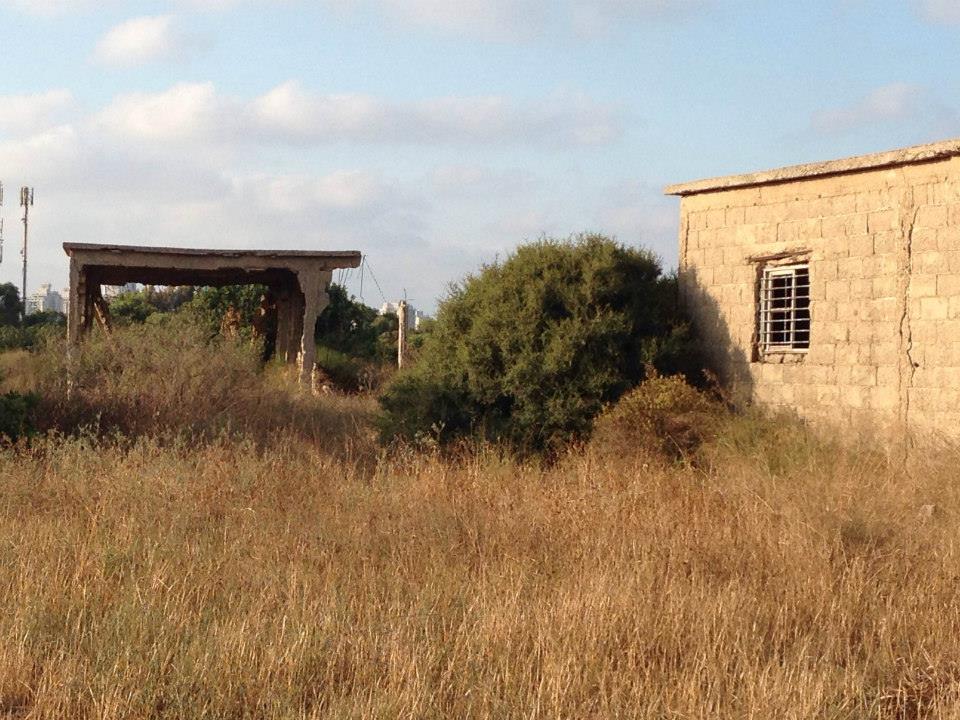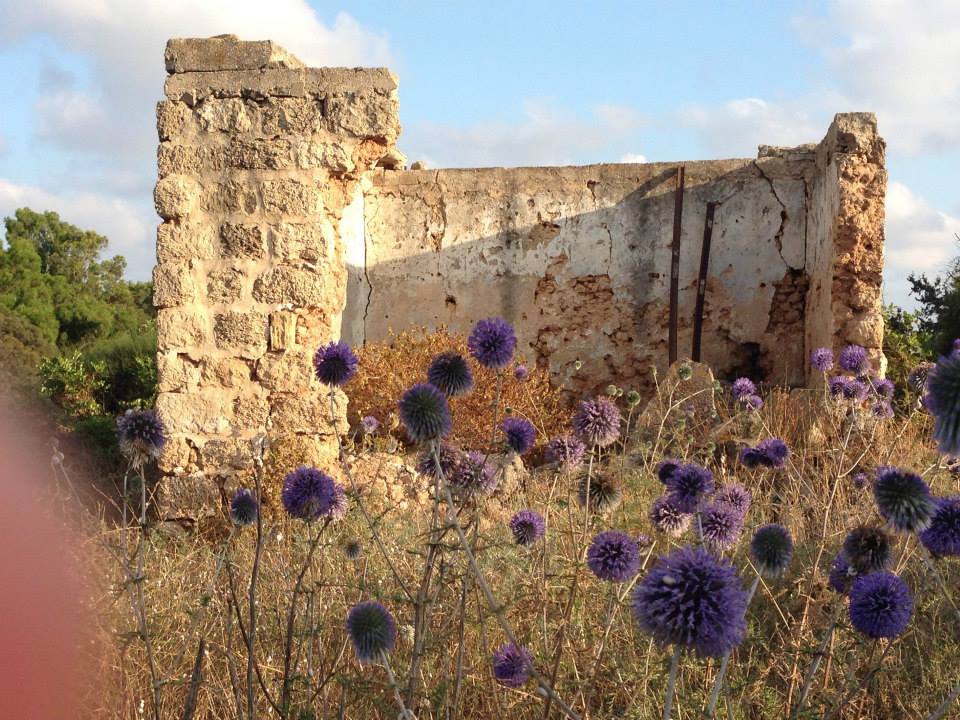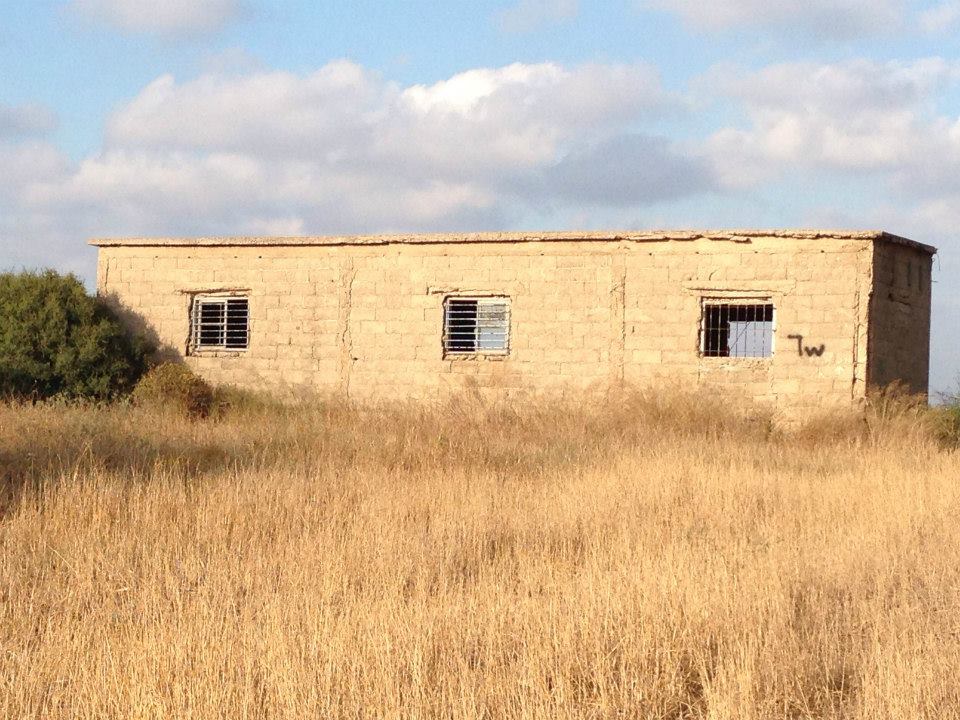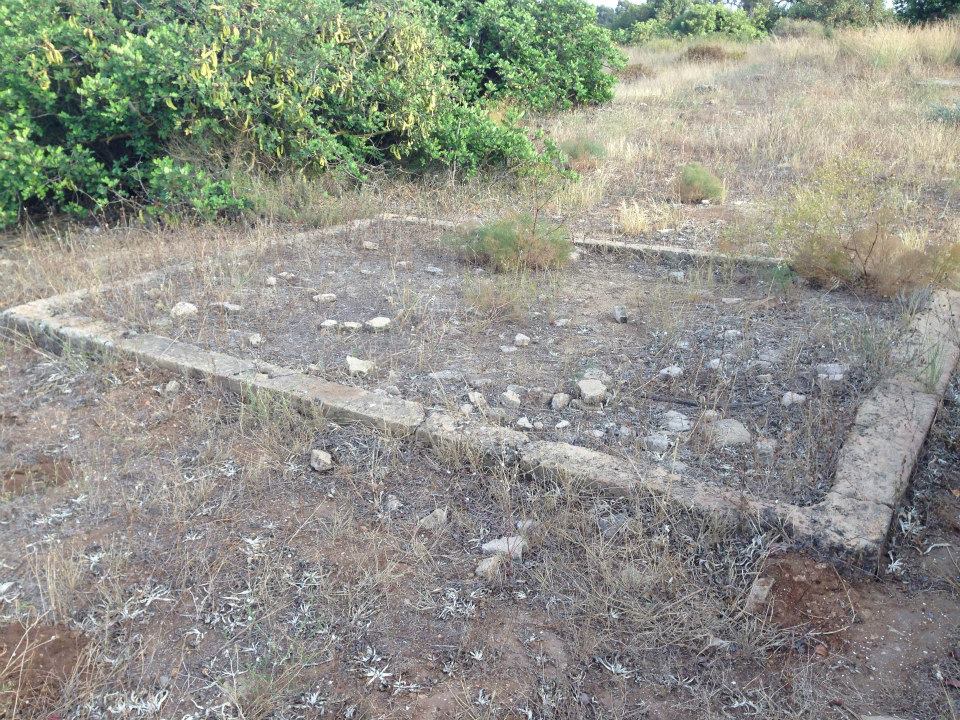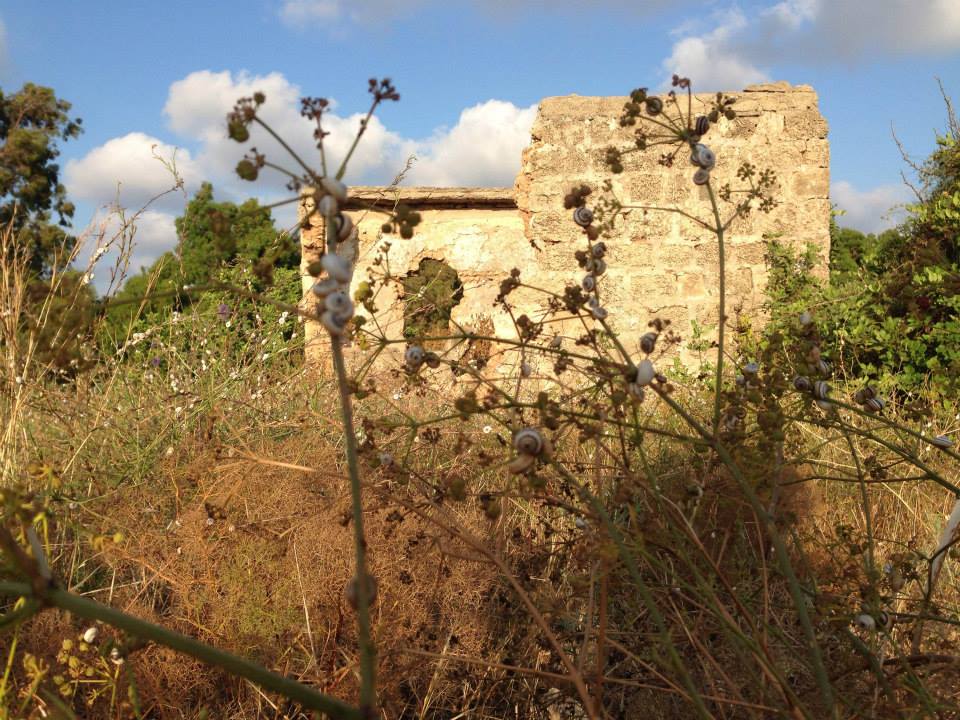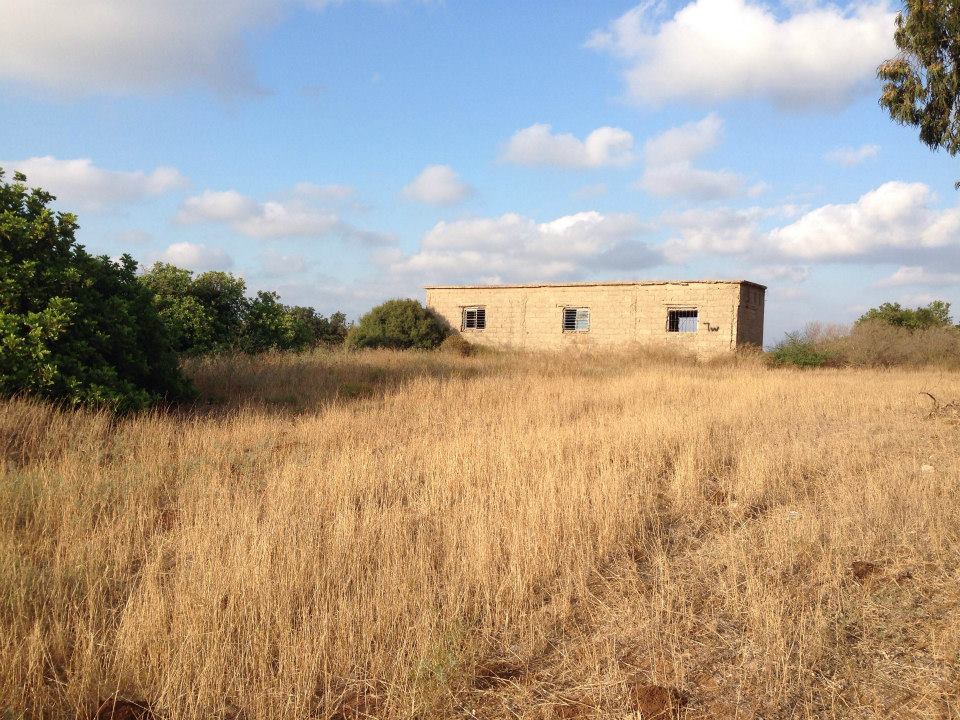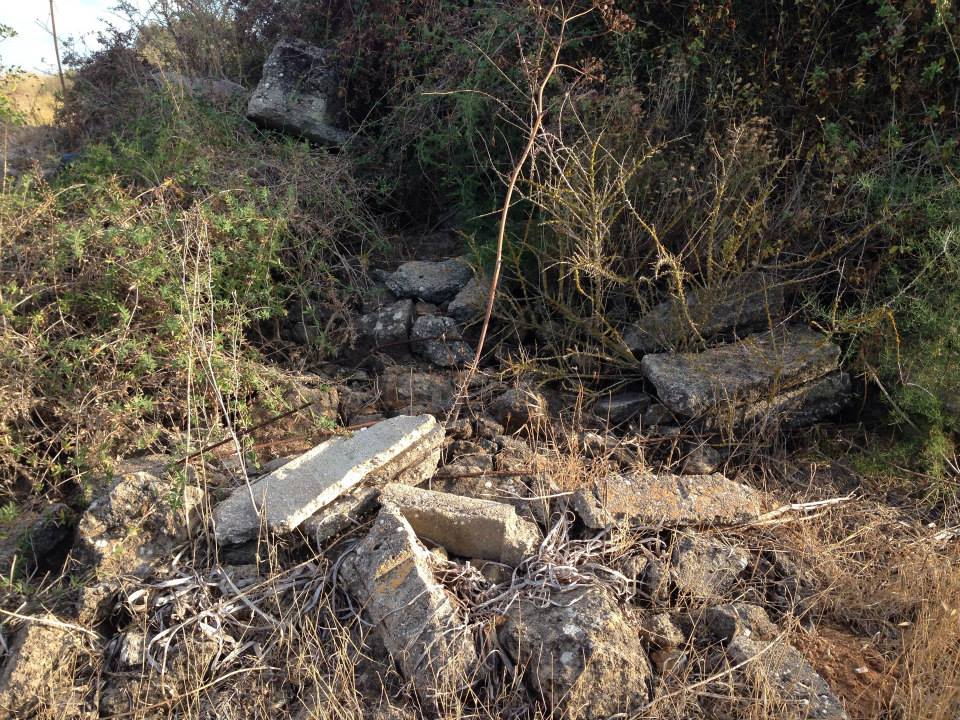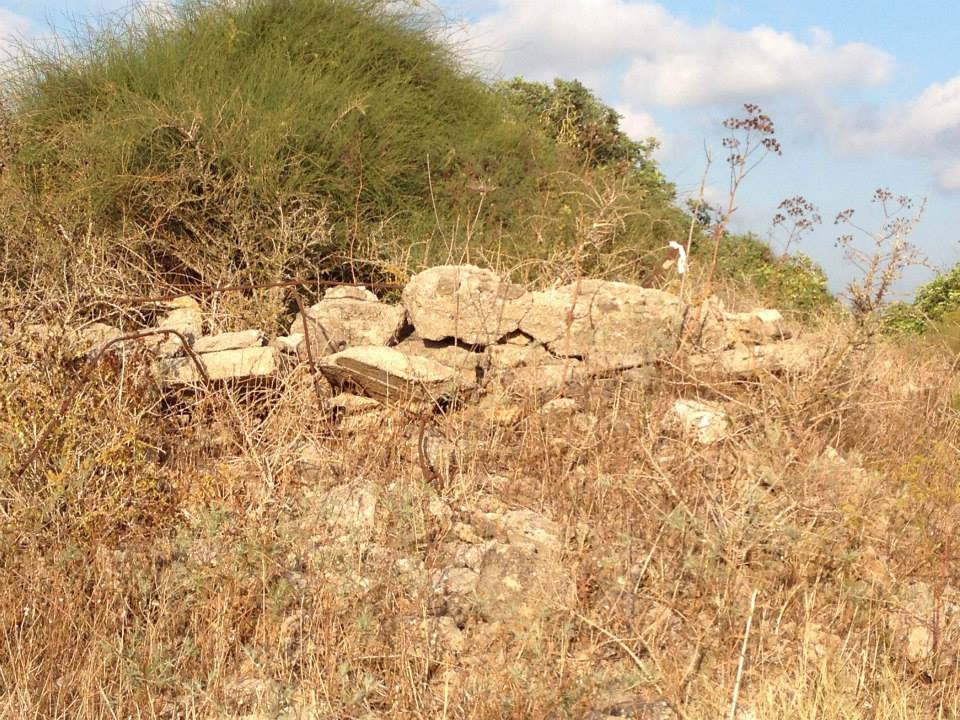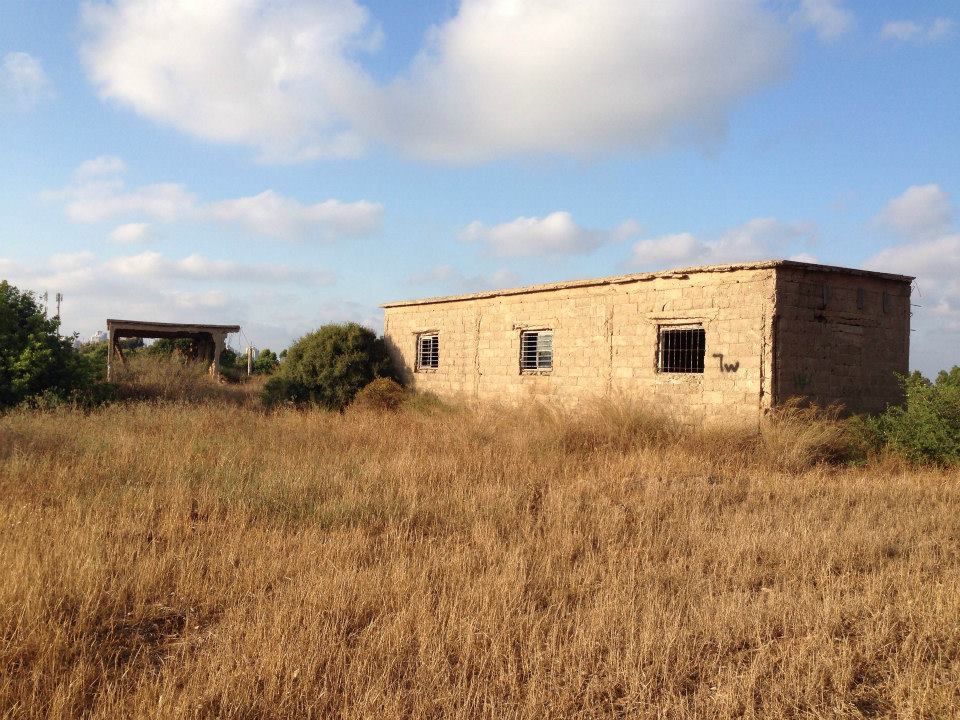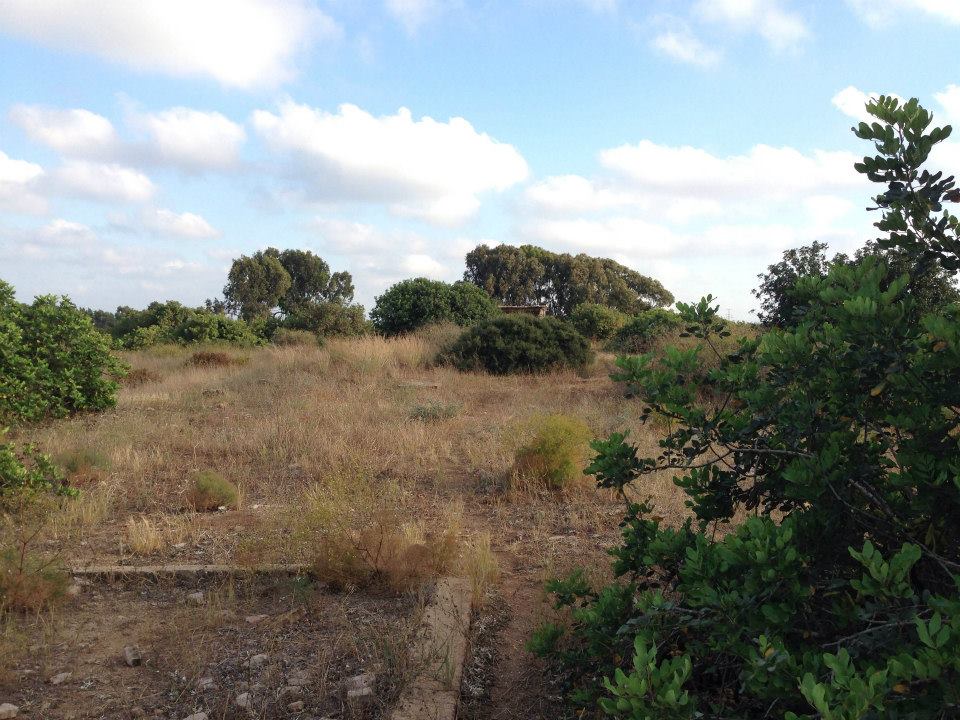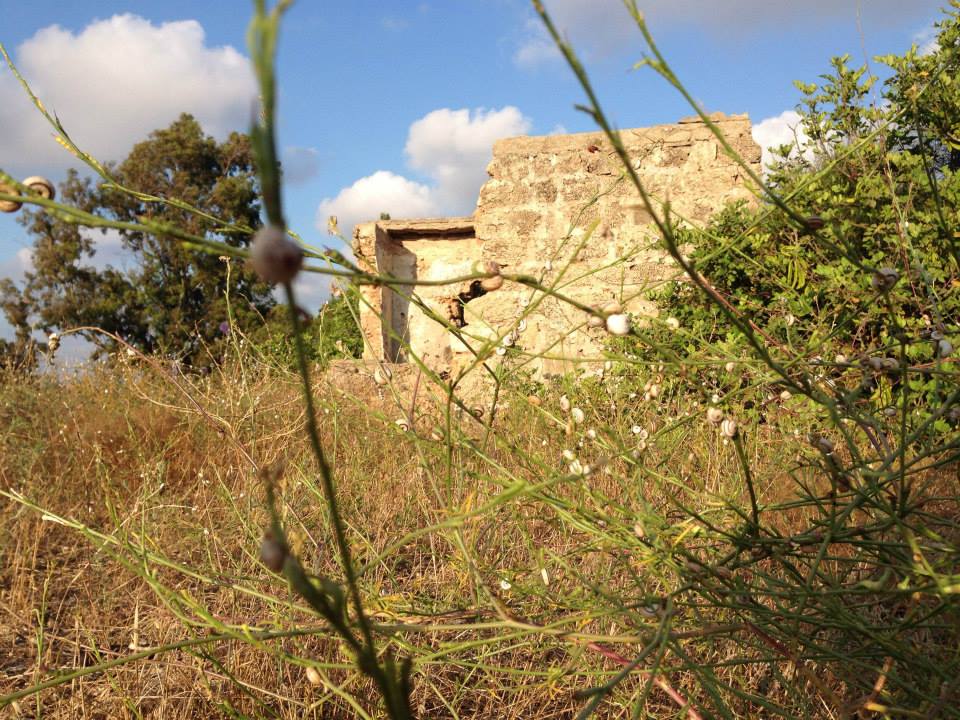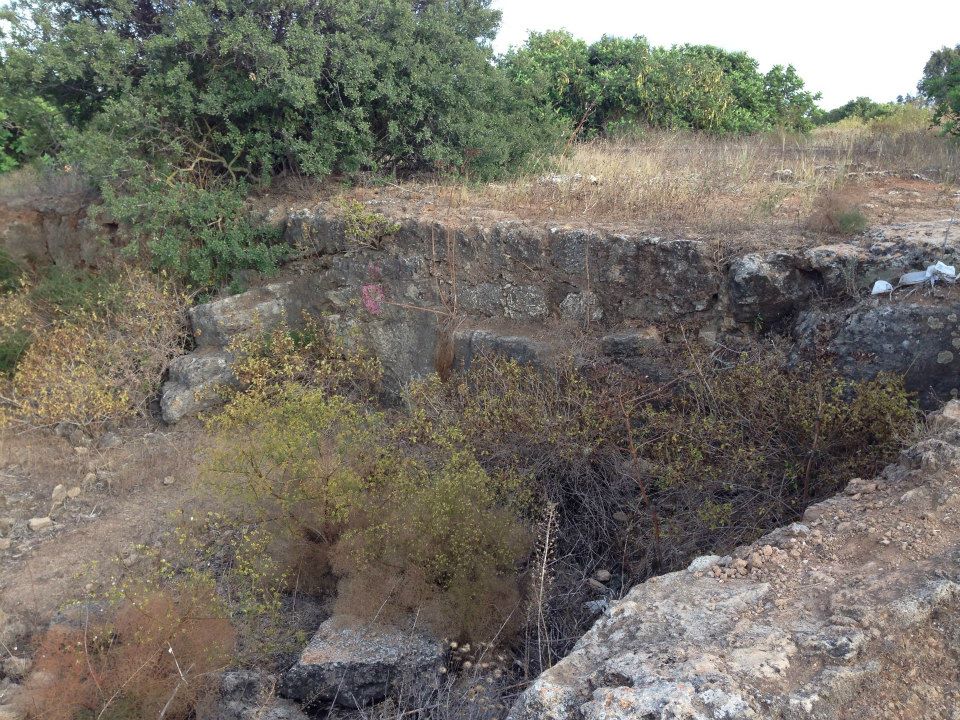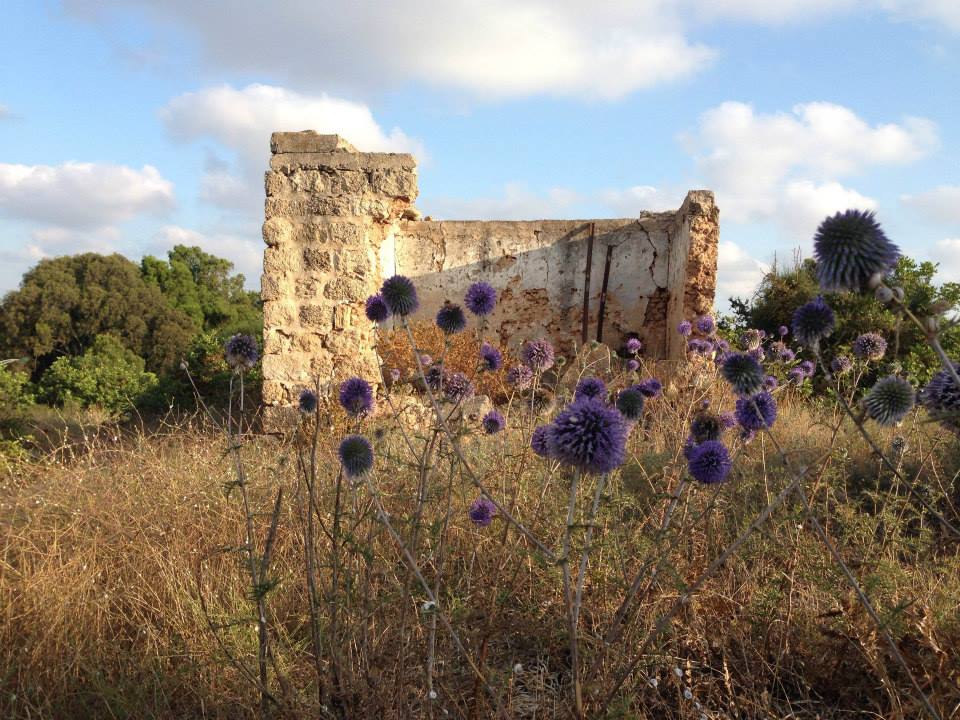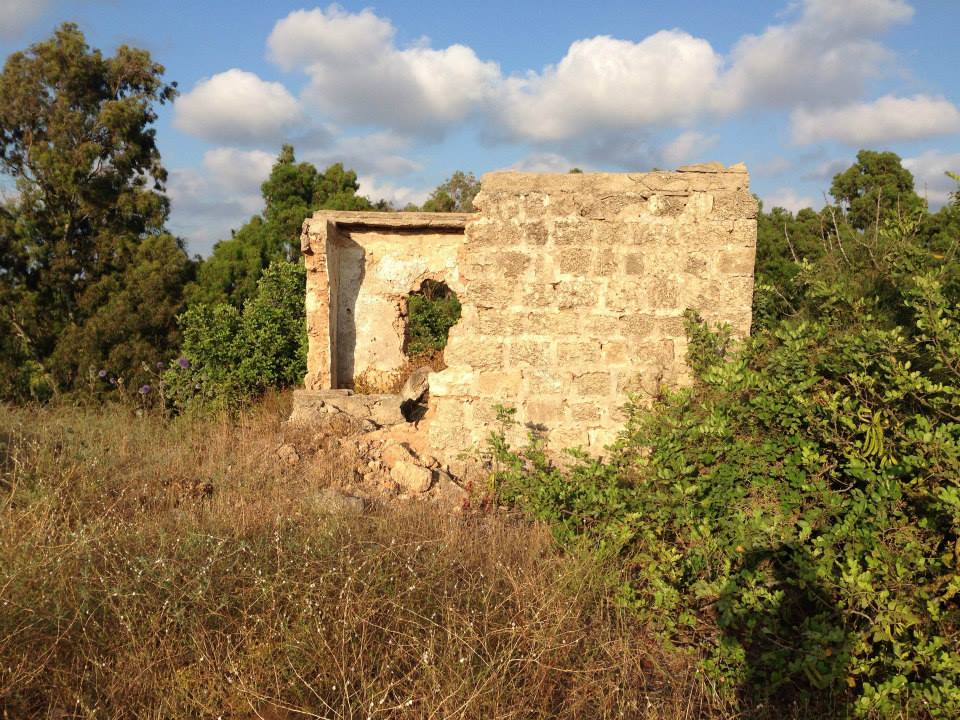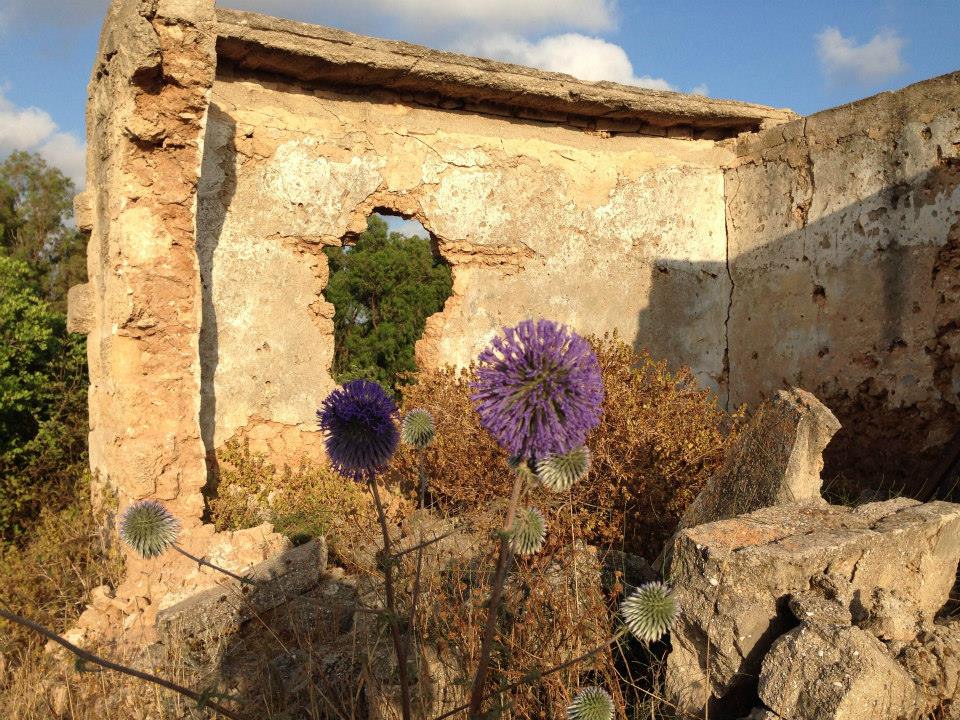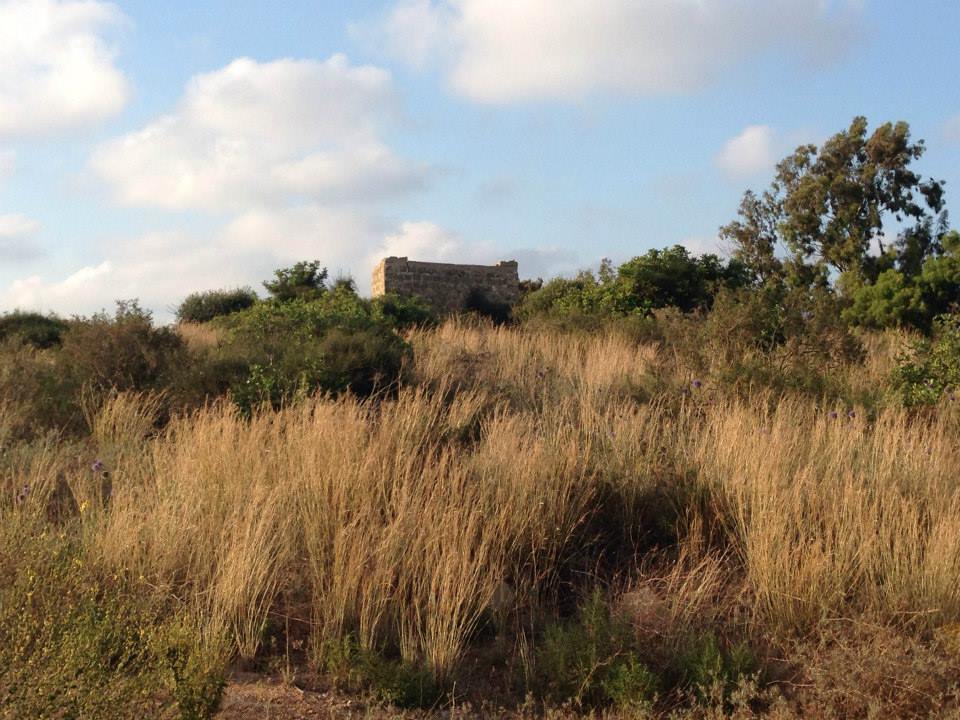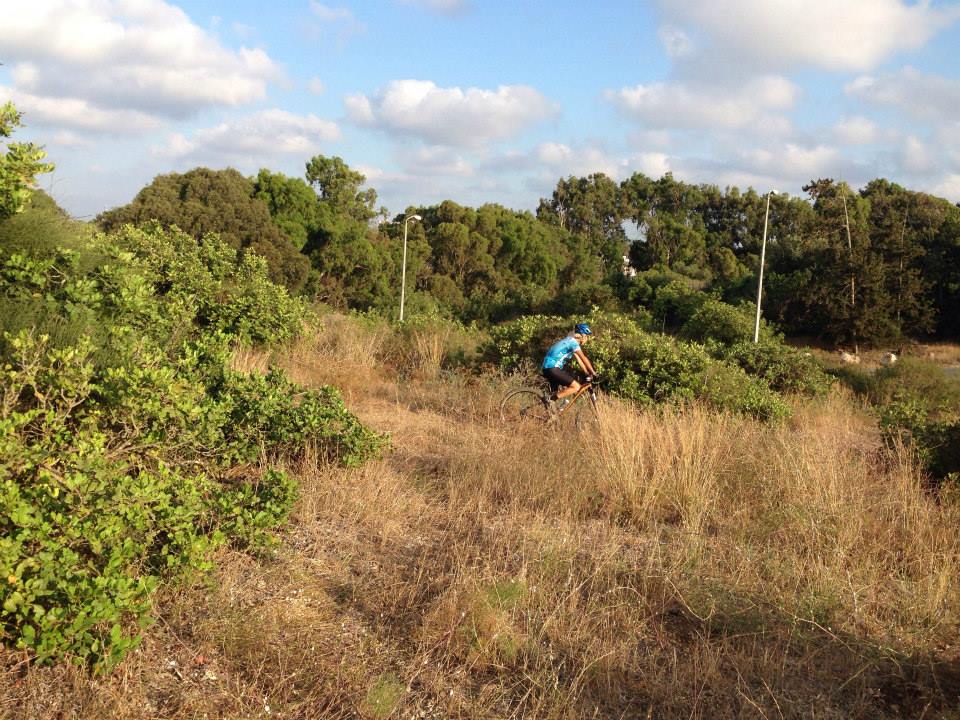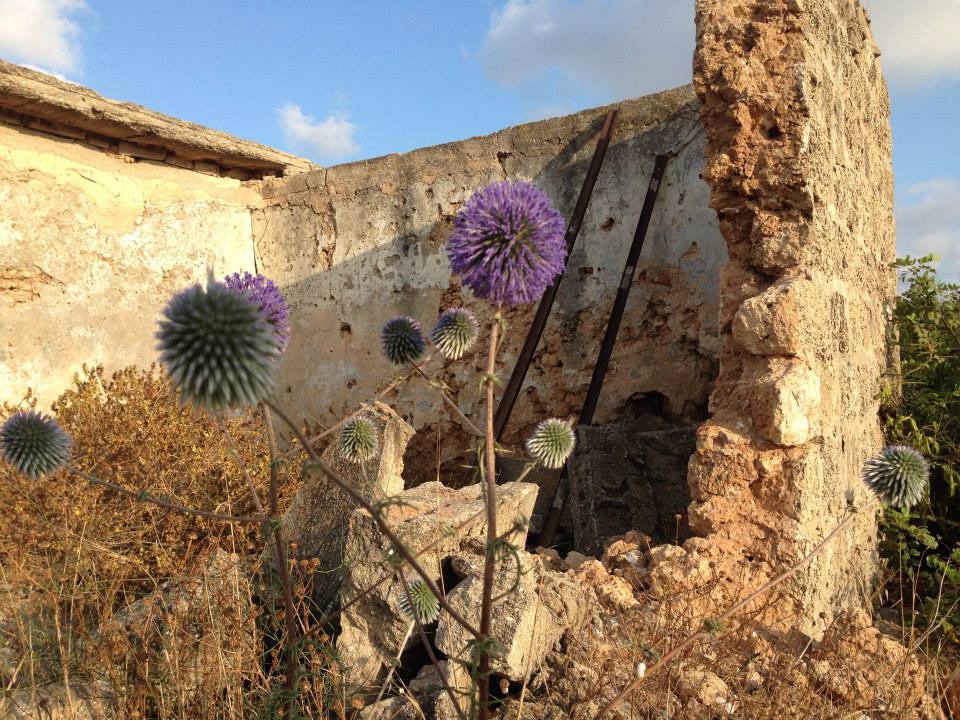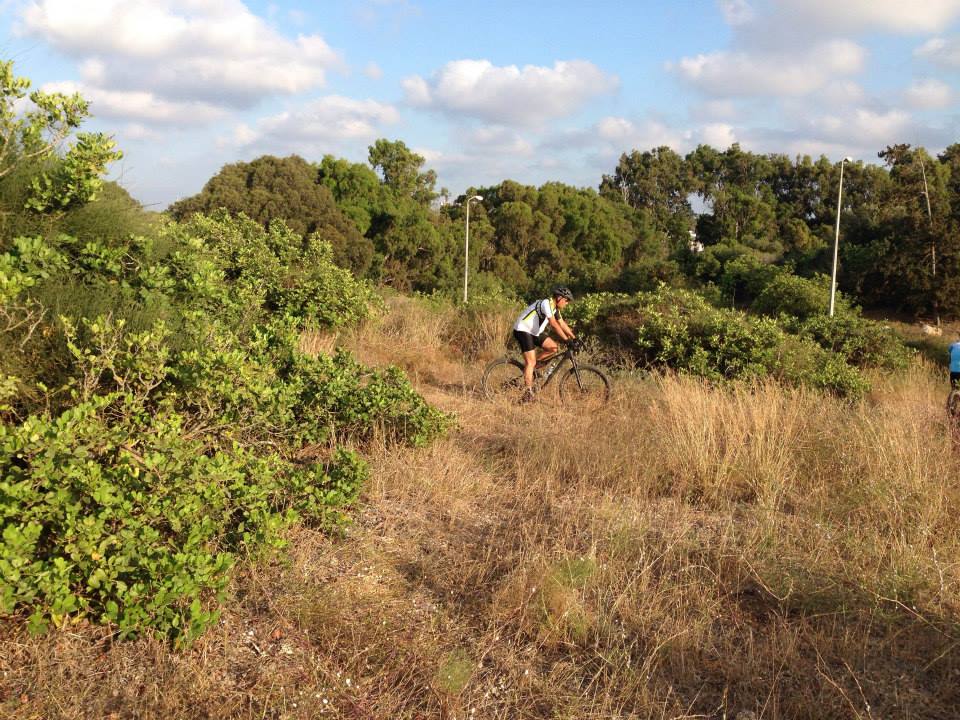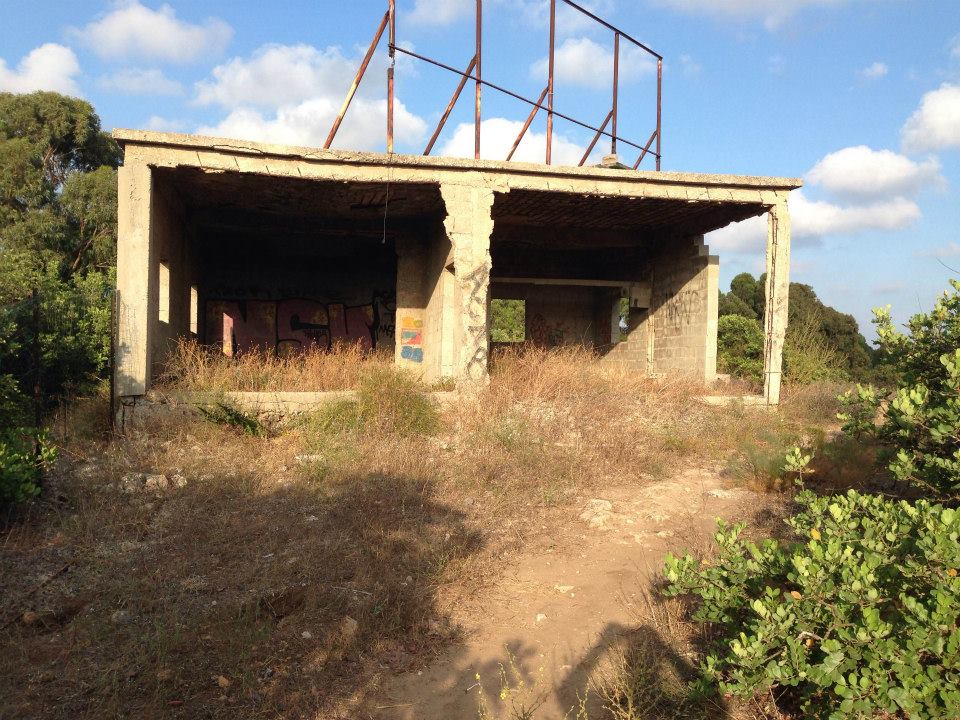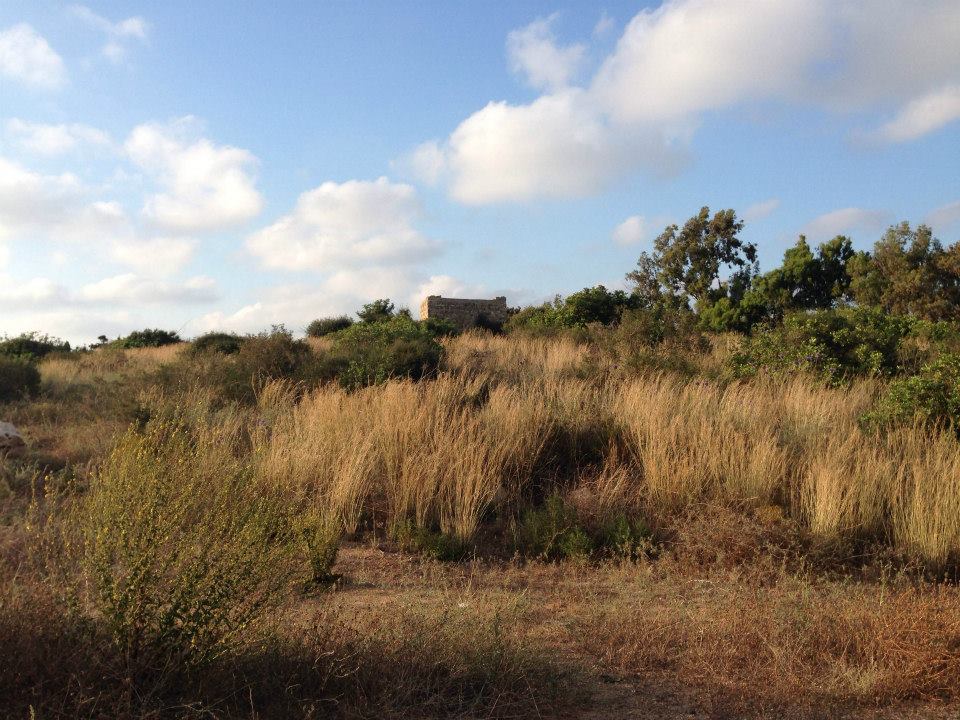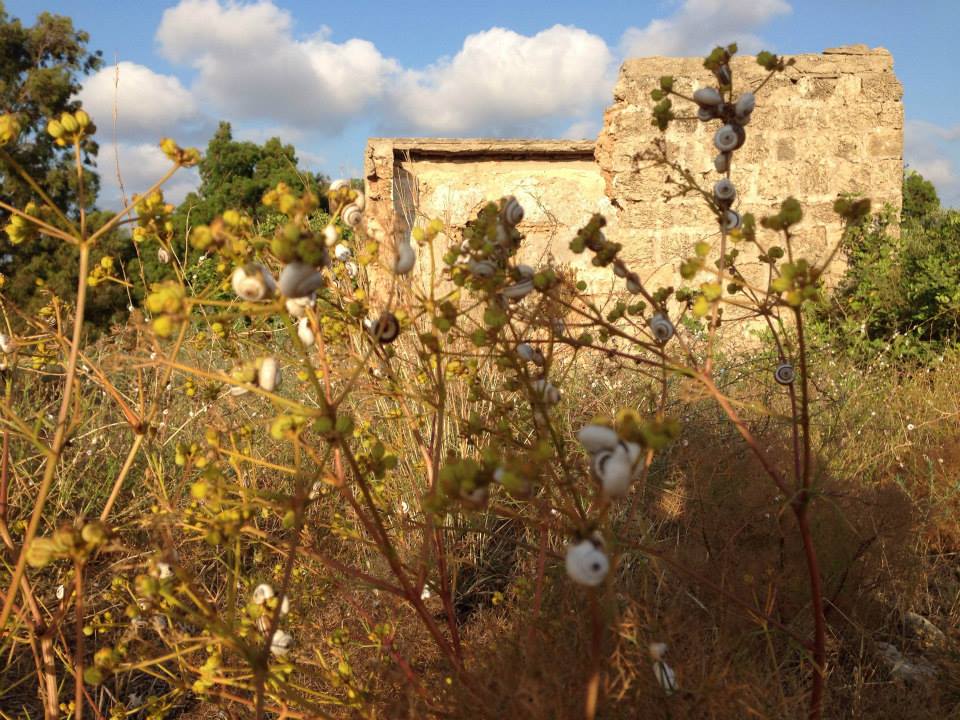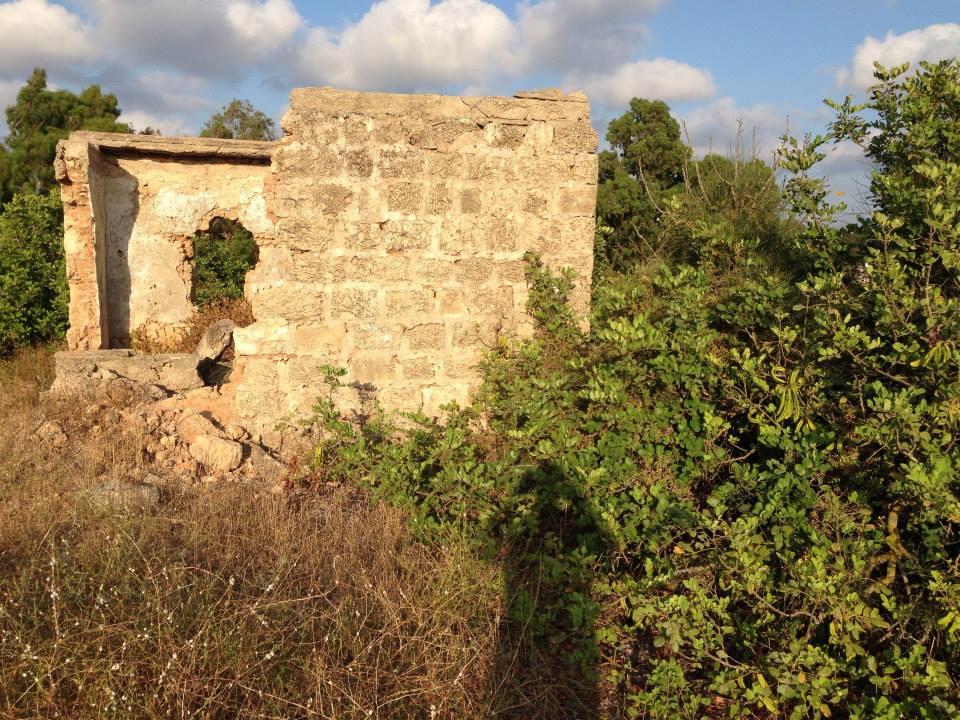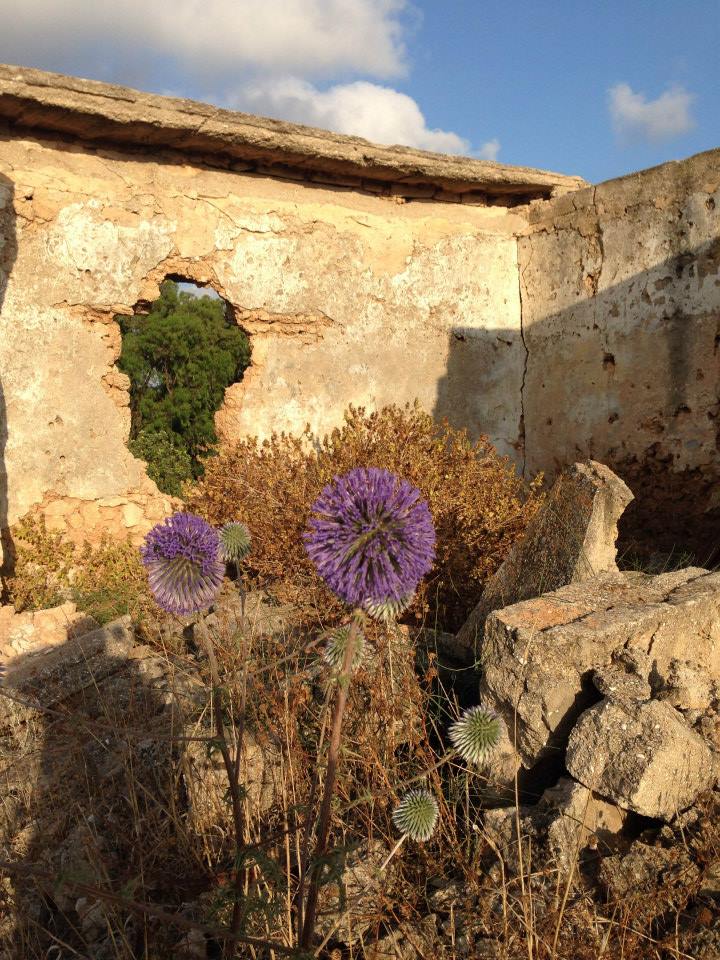Info
District: Tulkarm
Occupation date: 01/04/1948
Jewish settlements on village/town land before 1948: Yakum
Jewish settlements on village/town land after 1948: Wingat Institute
Background:
Khirbat al-Zababida Before 1948:
The village stood on a low hill that was 1 km from the seashore. It overlooked the Wadi al-Faliq Basin, to the north, and an artificial canal, to the east. To the west lay a border of wide expansive sand dunes, further beyond lay the coast. A secondary road linked Khirbat al-Zababida to the town of Qalqilya to the southeast. The village was settled by members of the Bedouin tribe of al-Nusayrat. In the late nineteenth century, Khirbat al-Zababida was described as a moderate-sized village situated at the south edge of an arable plain. The land was devoted to citrus, bananas and cereals.
Occupation and Depopulation:
The village was located in a region that was the focus of Zionist attacks in the early weeks of the war, which focused on clearing Arab villages on the coastal stretch north of Tel Aviv. There is little information regarding the direct depopulation of Khirbat al-Zababida, however it is probable that it suffered the same fate as nearby Tabsur, whose villagers were expelled by the Haganah on 3 April.
Israeli Settlements on Village Lands:
The settlements of Yaqum, established in 1947, and Ga’ash, established in 1951, were both built on village lands.
The Village Today:
Today the site is deserted and overgrown with wild vegetation and trees. Four houses remain from the old village, with roofs still intact. A picnic site has been built for Kibbutz Yaqum on the edge of a natural pond.
------------------
Source: al-Khalidi, Walid (ed.). All that remains: the Palestinian villages occupied and depopulated by Israel in 1948. Washington DC: 1992.


